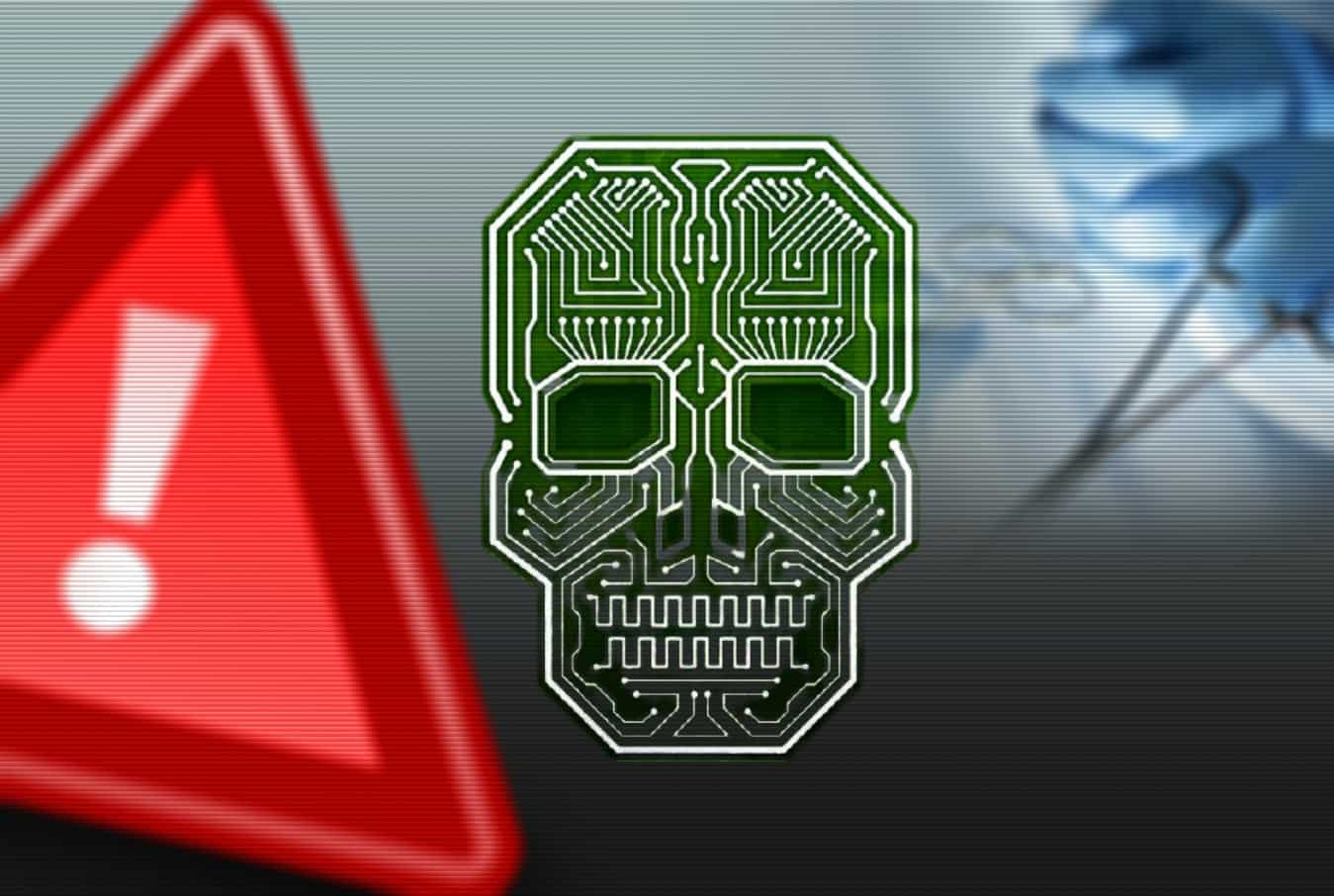
In today's world, where cybercrime is on the rise, network security has become more critical than ever. Despite the various security measures taken by organizations to secure their networks, determined attackers always find ways to break in. Once they gain access, they can cause damage, steal sensitive data, or use the network for further attacks.
In such situations, it is crucial to have a comprehensive network forensics strategy in place. Network forensics is the process of capturing, analyzing, and investigating network traffic to identify security breaches and trace attackers' entry path through the network.
In this article, we will provide you with a comprehensive guide to network forensics and how to use it to trace attackers' entry path through network traffic analysis.
Network Forensics Fundamentals
Network forensics involves analyzing network traffic to detect security breaches, identify the source of an attack, and gather evidence for legal action. To conduct network forensics, you need to have the following three components in place:
Data Collection:
Network traffic data needs to be captured and stored for analysis. This can be done using network taps, port mirroring, or network sniffers.
Data Analysis:
Captured network traffic data needs to be analyzed to identify the source of the attack and the entry point of the attacker. This involves using various analysis tools and techniques to extract relevant information from the captured data.
Incident Response:
Once a security breach is detected, an incident response plan needs to be in place to contain the damage and prevent further attacks. This involves taking action to isolate affected systems, patch vulnerabilities, and implement security measures to prevent similar attacks in the future.
Tracing Attackers' Entry Path through Network Traffic Analysis
The first step in tracing attackers' entry path is to identify suspicious network traffic. This can be done by analyzing network traffic data captured during the attack. The following are the key steps involved in tracing attackers' entry path through network traffic analysis:
Identify Network Anomalies: The first step is to identify any network anomalies, such as unusual traffic patterns, unexplained spikes in network activity, or suspicious network connections. This can be done by analyzing network logs, packet captures, and network flow data.
Identify the Source of the Attack: Once network anomalies are detected, the next step is to identify the source of the attack. This involves analyzing the network traffic data to determine the IP address or MAC address of the attacker's device.
Identify the Attack Vector: The next step is to identify the attack vector used by the attacker to gain access to the network. This can be done by analyzing the captured network traffic data to determine the type of attack used, such as a brute force attack, phishing attack, or malware attack.
Trace the Attack Path: Once the source of the attack and the attack vector are identified, the next step is to trace the attack path. This involves analyzing the captured network traffic data to determine the path taken by the attacker through the network to reach the target system.
Identify Compromised Systems: As the attacker moves through the network, they may compromise other systems along the way. It is crucial to identify these compromised systems to prevent further damage and contain the attack. This can be done by analyzing network traffic data and system logs.
Analyze Data Exfiltration: The final step in tracing attackers' entry path through network traffic analysis is to analyze data exfiltration. Attackers may steal sensitive data from the target system and transmit it to their own servers or external locations. It is crucial to identify any data exfiltration attempts and stop them before sensitive data is lost.
Tools and Techniques for Network Forensics
Network forensics involves using a range of tools and techniques to capture, analyze, and investigate network traffic. The following are some of the most commonly used tools and techniques for network forensics:
1. Packet Capture
Packet capture tools, such as Wireshark and tcpdump, capture network traffic data in real-time or from stored data. This data can then be analyzed to identify security breaches and trace attackers' entry path.
2. Network Flow Analysis
Network flow analysis tools, such as NetFlow and sFlow, capture information about the traffic flow in a network. This information can be used to identify anomalies, such as unusual traffic patterns or suspicious network connections.
3. Intrusion Detection Systems (IDS)
IDS tools, such as Snort and Suricata, monitor network traffic for signs of malicious activity. When an attack is detected, IDS tools generate alerts that can be used to investigate and respond to the attack.
4. Endpoint Detection and Response (EDR)
EDR tools, such as Carbon Black and CrowdStrike, monitor endpoints for signs of malicious activity. When an attack is detected, EDR tools generate alerts that can be used to investigate and respond to the attack.
5. Malware Analysis
Malware analysis tools, such as VirusTotal and Malwarebytes, analyze malware samples to identify their behavior and characteristics. This information can be used to identify the source of the attack and the entry point of the attacker.
6. Forensic Analysis
Forensic analysis tools, such as EnCase and FTK, analyze digital evidence to identify the source of the attack and the entry point of the attacker. These tools can be used to recover deleted files, analyze system logs, and examine system memory.
Best Practices for Network Forensics
To conduct effective network forensics and trace attackers' entry path through network traffic analysis, it is important to follow best practices. The following are some best practices for network forensics:
Maintain Network Logs: It is crucial to maintain network logs to capture information about network traffic and system activity. These logs can be used to identify security breaches and trace attackers' entry path.
Conduct Regular Network Audits: Regular network audits can help identify vulnerabilities in the network that can be exploited by attackers. Audits can also help ensure that security measures are up to date and effective.
Develop an Incident Response Plan: An incident response plan should be in place to ensure that the organization can respond quickly and effectively to security breaches. The plan should include procedures for containing the attack, investigating the attack, and communicating with stakeholders.
Train Employees: Employee training is crucial for preventing security breaches and responding effectively to them. Employees should be trained on security best practices, such as password management, email security, and social engineering.
Conclusion
Network forensics is a crucial component of network security. It involves capturing, analyzing, and investigating network traffic to identify security breaches and trace attackers' entry path through the network. To conduct effective network forensics, it is important to have a comprehensive strategy in place that includes data collection, data analysis, and incident response.
Tracing attackers' entry path through network traffic analysis involves identifying network anomalies, identifying the source of the attack, identifying the attack vector, tracing the attack path, identifying compromised systems, and analyzing data exfiltration.
A range of tools and techniques can be used for network forensics, including packet capture, network flow analysis, intrusion detection systems, endpoint detection and response, malware analysis, and forensic analysis. Following best practices, such as maintaining network logs, conducting regular network audits, developing an incident response plan, and training employees, can help ensure that network forensics is effective in identifying and responding to security breaches.





